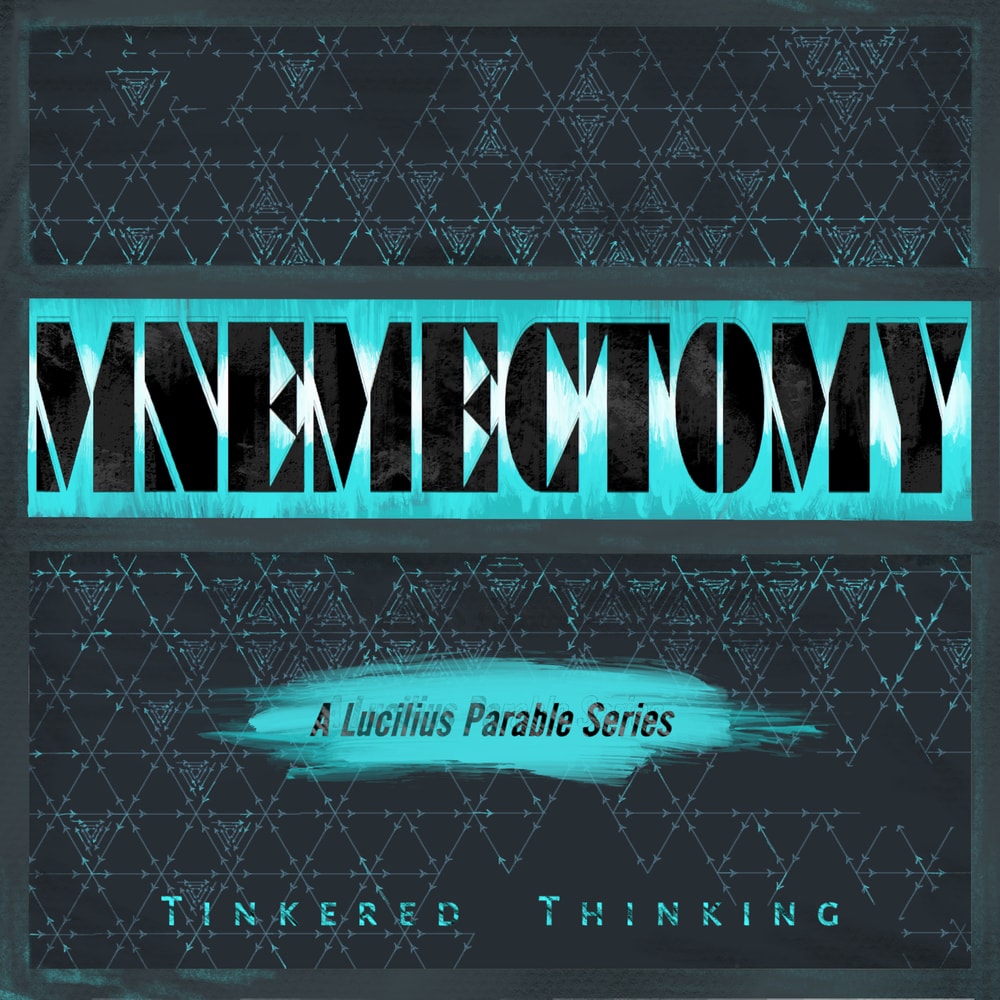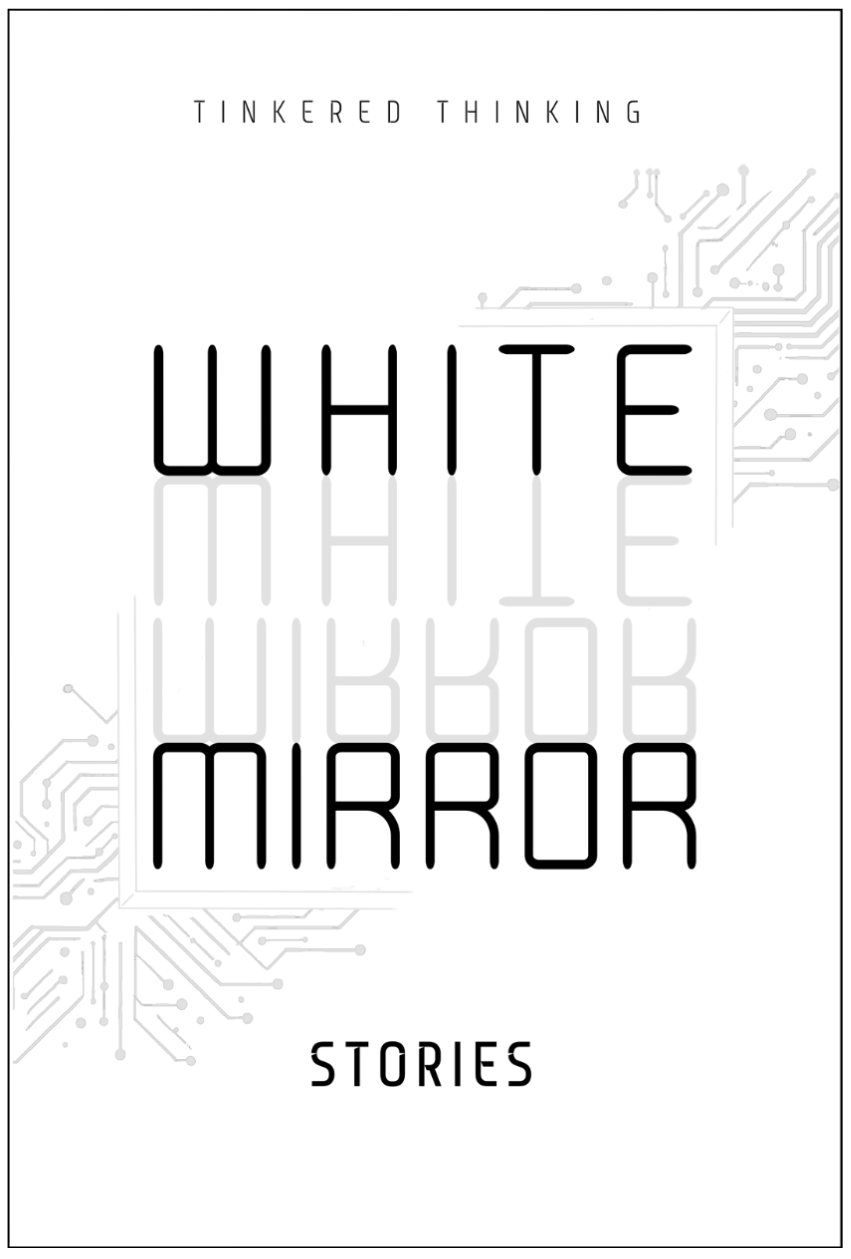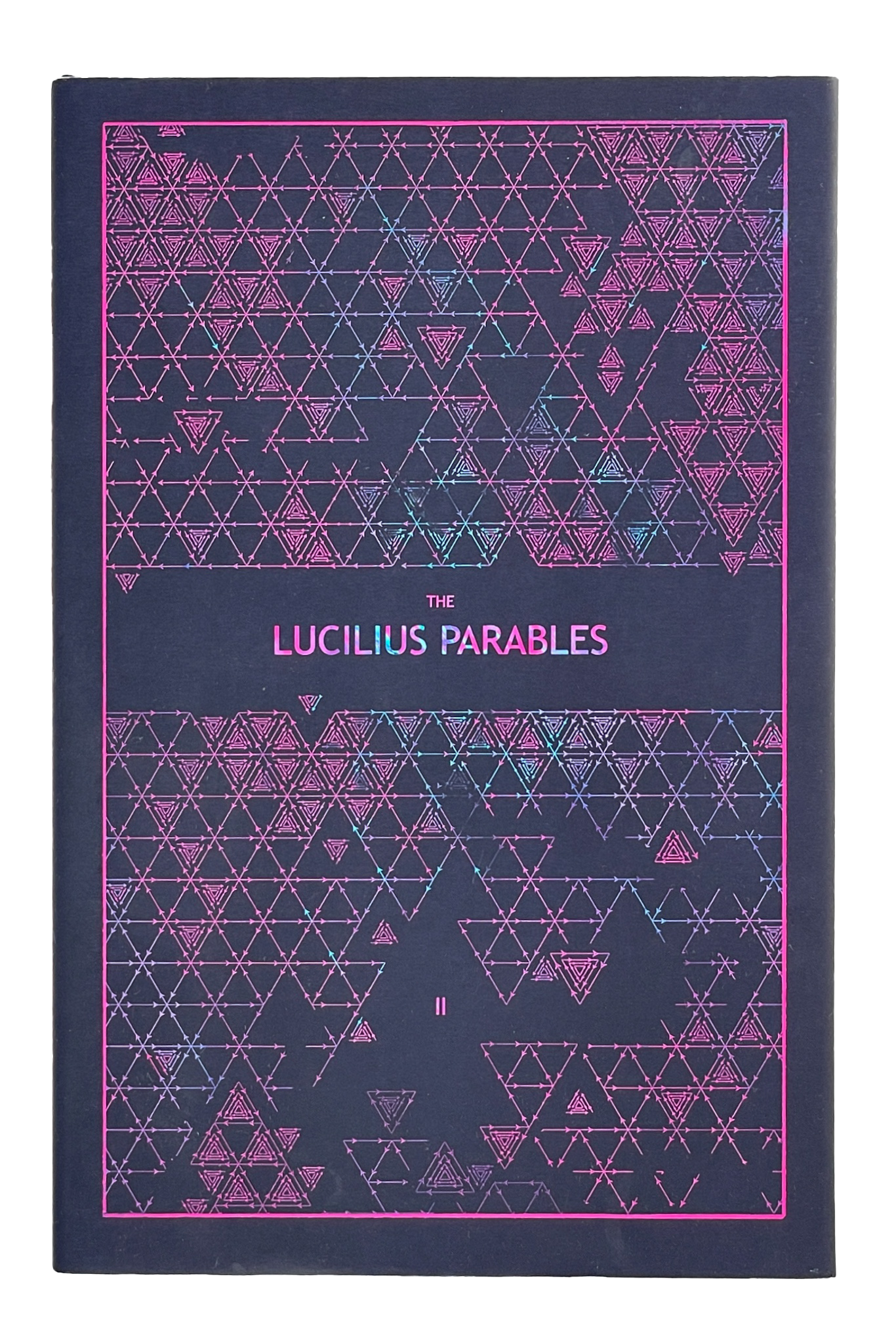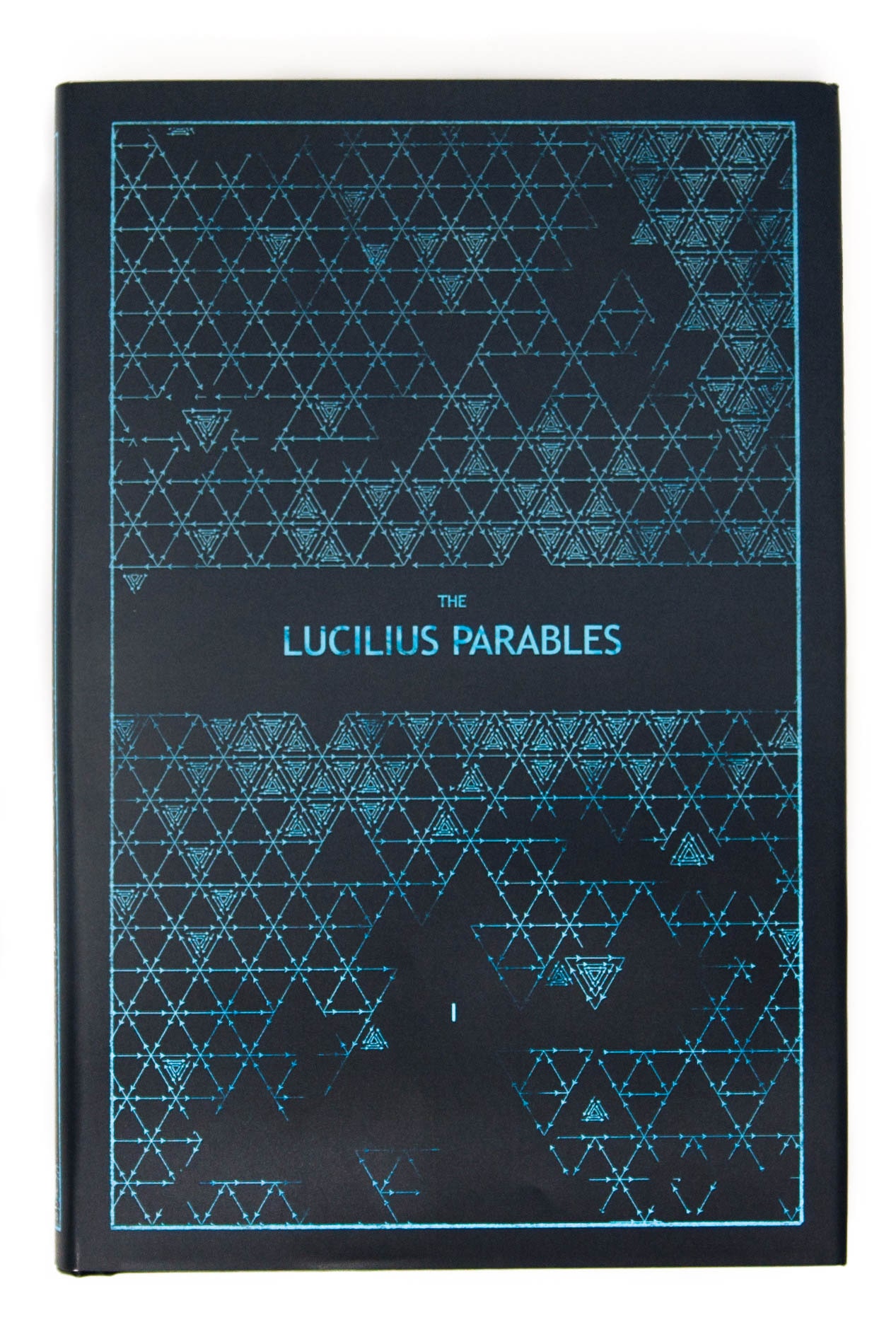Daily, snackable writings to spur changes in thinking.
Building a blueprint for a better brain by tinkering with the code.
subscribe
rss Feeds
SPIN CHESS
A Chess app from Tinkered Thinking featuring a variant of chess that bridges all skill levels!
REPAUSE
A meditation app is forthcoming. Stay Tuned.
THE PROS & CONS OF PROS & CONS
June 21st, 2019
How to decide?
One thing we’re apt to do is create a list of pros and cons for any given decision.
But how exactly does this work?
We do not ascribe some kind of weight or numerical metric to each thing that we write in the pro and con columns in order to arrive at some kind of mathematically satisfying result. In fact, sometimes the list works out lopsided but we end up making the counter-intuitive decision against what our list seems to indicate is the better choice.
And yet such an exercise often allows our decision to come about with more confidence.
The exercise rarely functions to evince what the actual better decision might be, but it merely works as a labelling exercise.
Each factor that we might write down in the pro and con columns has associated with it an emotion that is pushing us for or against some decision. The sum of these emotions creates a vague mess of feelings that is confusing and unclear to navigate.
The exercise of a pro and con list merely gives all of these small intricate emotions appropriate labels.
This is often referred to as affect labelling.
To be clear, affect labelling doesn’t invoke some sort of clarity about what is actually a better decision. It merely helps to resolve any troubling emotions by giving them attention.
Emotions and even thoughts that seem to plague us in repeated and often annoying ways can be dispelled simply be recognizing them consciously.
We can think of a child tapping our arm to get our attention while we concentrate on some task. Eventually we have a moment to give the child attention and it turns out the kid doesn’t really have anything to say. They just wanted attention.
Many of our thoughts and emotions operate with much the same mechanics, and many have commented that the practice of meditation is, in the beginning, just the process of giving each and every thought and emotion the attention it’s been waiting for. We can imagine a long line of these thoughts and emotions, all just waiting to be noticed, and once noticed, they vanish.
Many of us walk around, hounded by these neglected thoughts and emotions. Constantly distracted from the present moment without ever dealing with the distraction properly.
It’s only when we come to some pivotal decision that our un-meditated mind gathers enough focus to put pen to paper and write a list of pros and cons.
In some sense, this pro & con exercise is a small instance and aspect of what meditation is for people who practice on a daily basis, and the equanimity that one can enjoy after creating a thorough pro and con list can be a tiny glimpse into what’s it’s like to have a mind well oiled by the benefits of daily, long-term meditation.
This is perhaps the greatest advantage of making a list of pros and cons.
on the other hand,
the disadvantage of a pros and cons list is that it probably doesn’t help us make a wiser decision: most likely, it just makes us feel more at peace with whatever decision we make, however unwise our decision may be.
-compressed.jpg)





